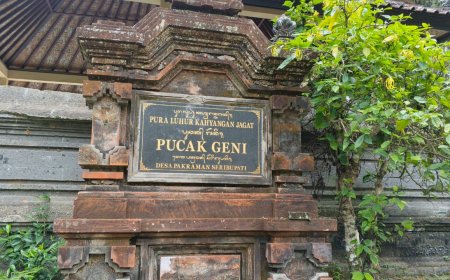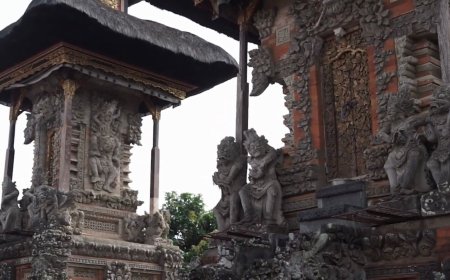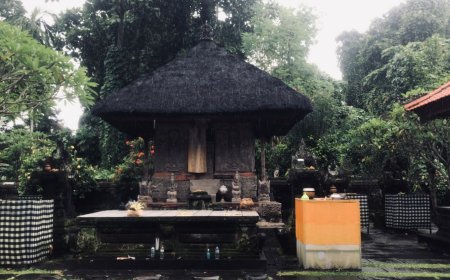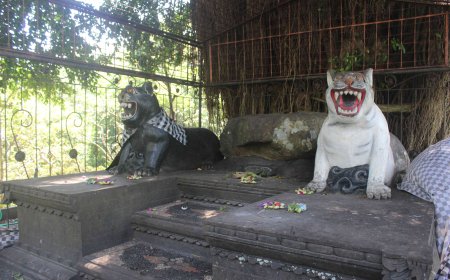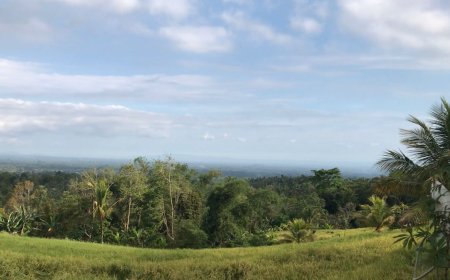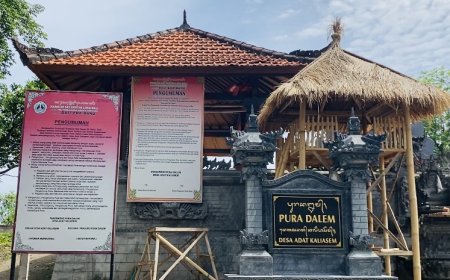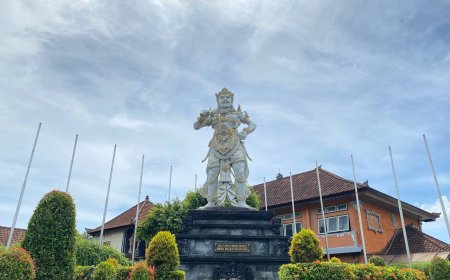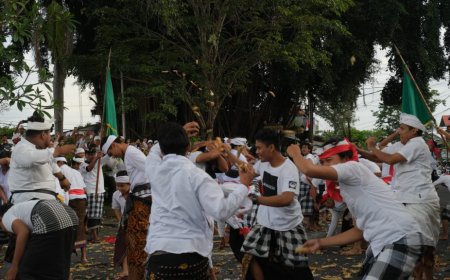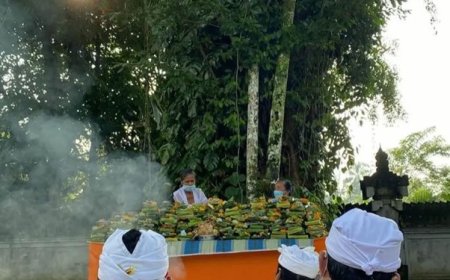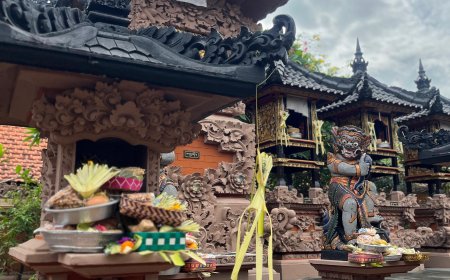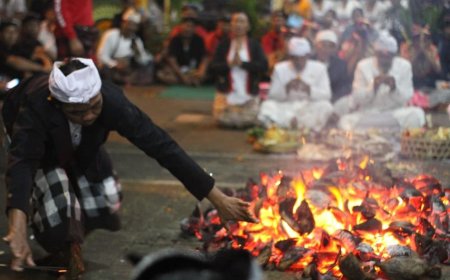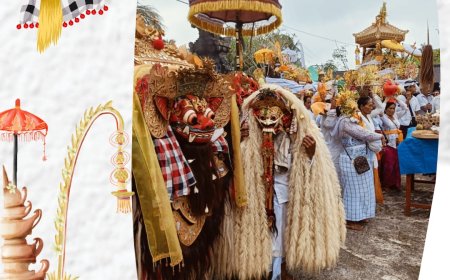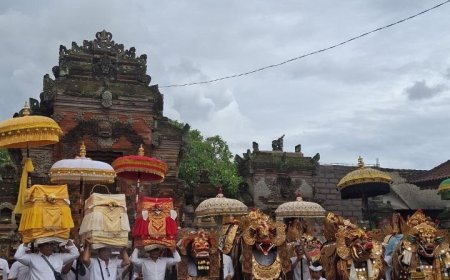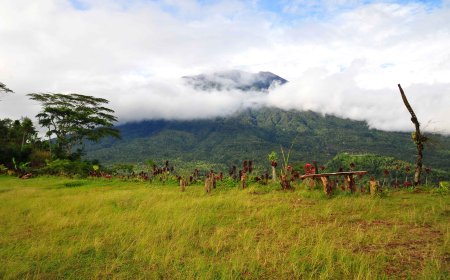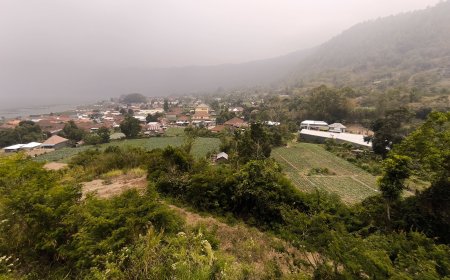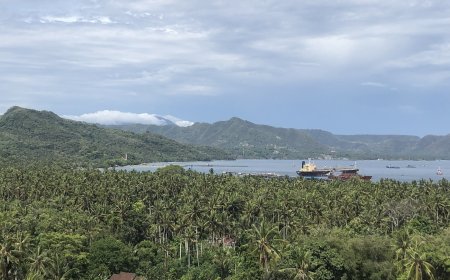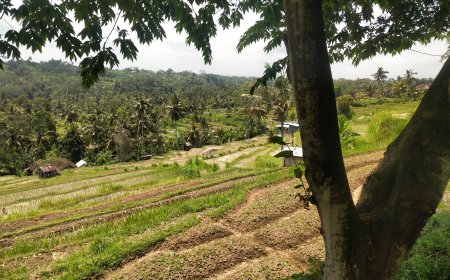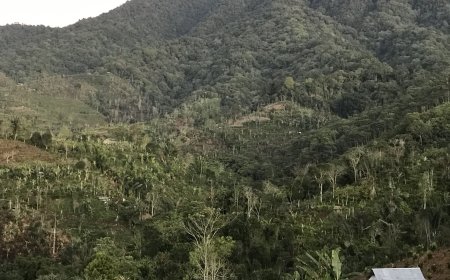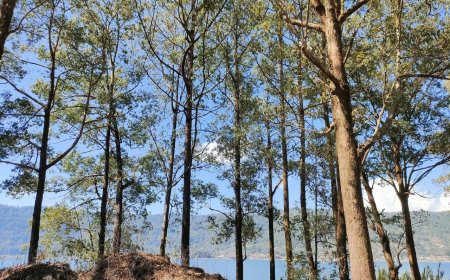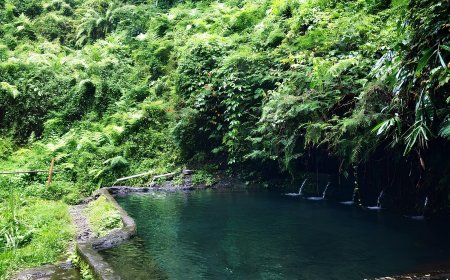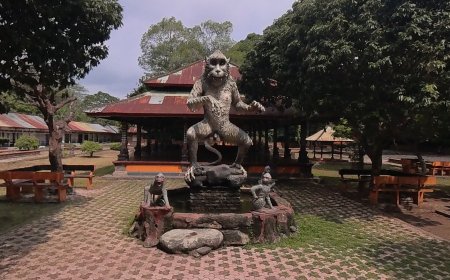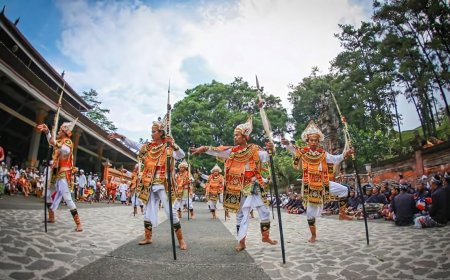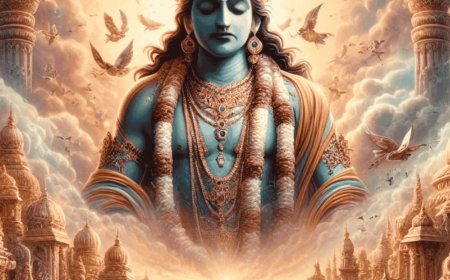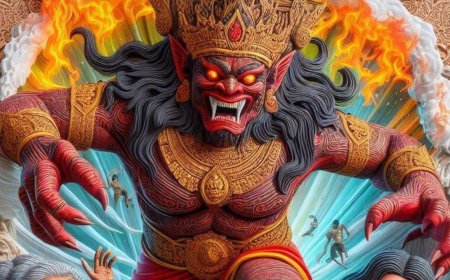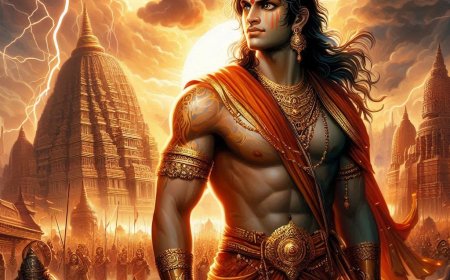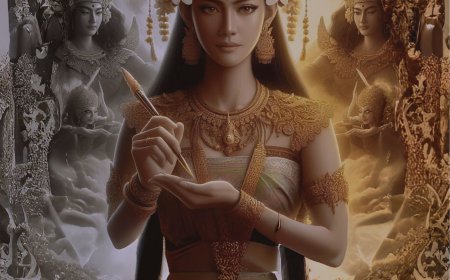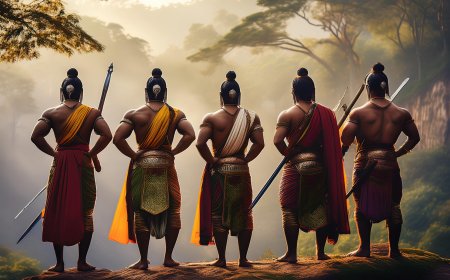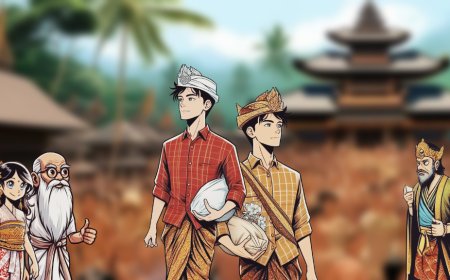Indra the Lord of the Heavens: Conquest of Mount Govardhana and the Giant Vritra
Lord Indra in Hinduism is the god of the sky and the lord of rain, often depicted with the ability to control weather and storms. He is also known as the leader of the gods and the protector of the knights. In mythology, Indra is usually depicted carrying a thunderbolt and riding a white elephant named Airavata.
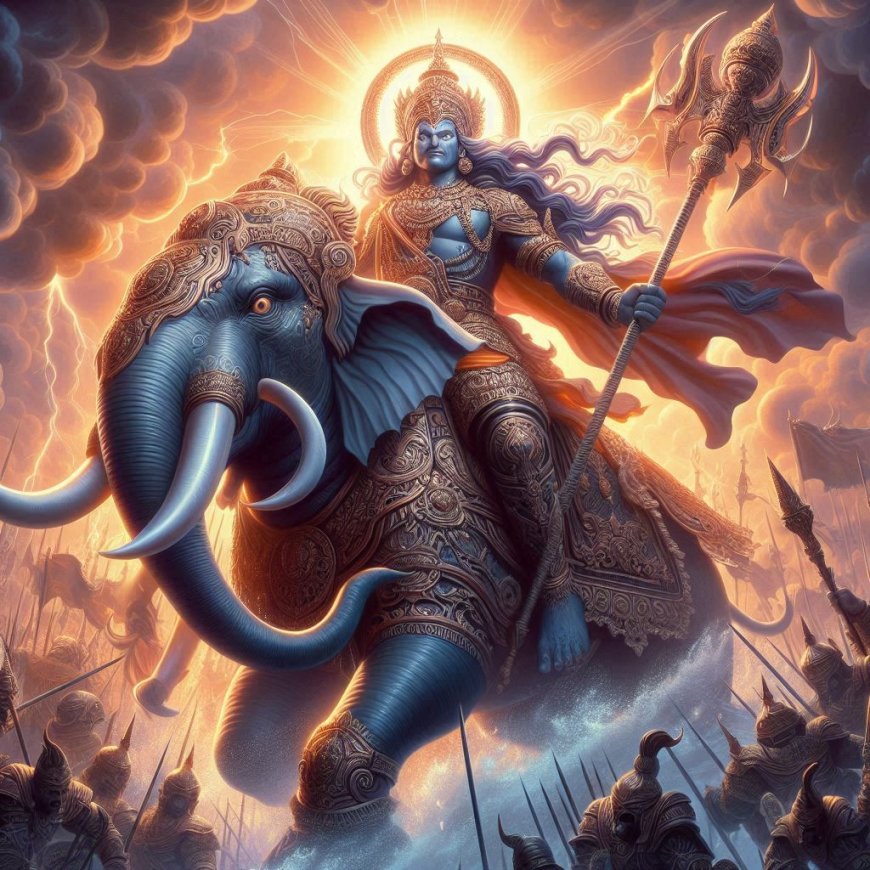
The story of Mount Govardhana takes place in the village of Vrindavan, where Krishna, then a child, lived with his family and cowherds. Every year the villagers held an offering to Lord Indra, the rain god, in gratitude for the abundant rainfall. Rain was essential to the life of the village as it fertilized the soil and fed their cattle. Krishna opposed this tradition by saying that the people of Vrindavan should not worship Indra, as their village's prosperity came from nature, especially Mount Govardhana which provided grass and shelter for their cattle. He advised them to stop making offerings to Indra and start worshipping Mount Govardhana as a symbol of respect for nature.
Lord Indra felt offended and angry that his veneration was being diverted to Mount Govardhana. In his arrogance, Indra decided to punish the people of Vrindavan by sending a great storm and heavy rain. He hoped that this storm would destroy the village and demonstrate his power.
To protect the villagers of Vrindavan from the wrath of Lord Indra, who was angry that the annual offerings to him had been stopped, Krishna performed an extraordinary feat. When a great storm struck the village, Krishna lifted Mount Govardhana with one finger, like lifting a giant umbrella. The mountain became a protector for all the villagers, livestock, and living beings in Vrindavan.

Illustration of Lord Krishna Lifting Mount Govardhana (Source: Personal Collection)
For seven full days, Krishna held the mountain, protecting the villagers from the incessant rain and storm. Due to Krishna's divine power, the entire village was safe without any harm. The villagers were amazed and grateful for Krishna's extraordinary protection. Seeing Krishna's power, Lord Indra realized his mistake and regretted his anger. Indra then apologized to Krishna and acknowledged that Krishna was an incarnation of God, the source of true strength and protection.
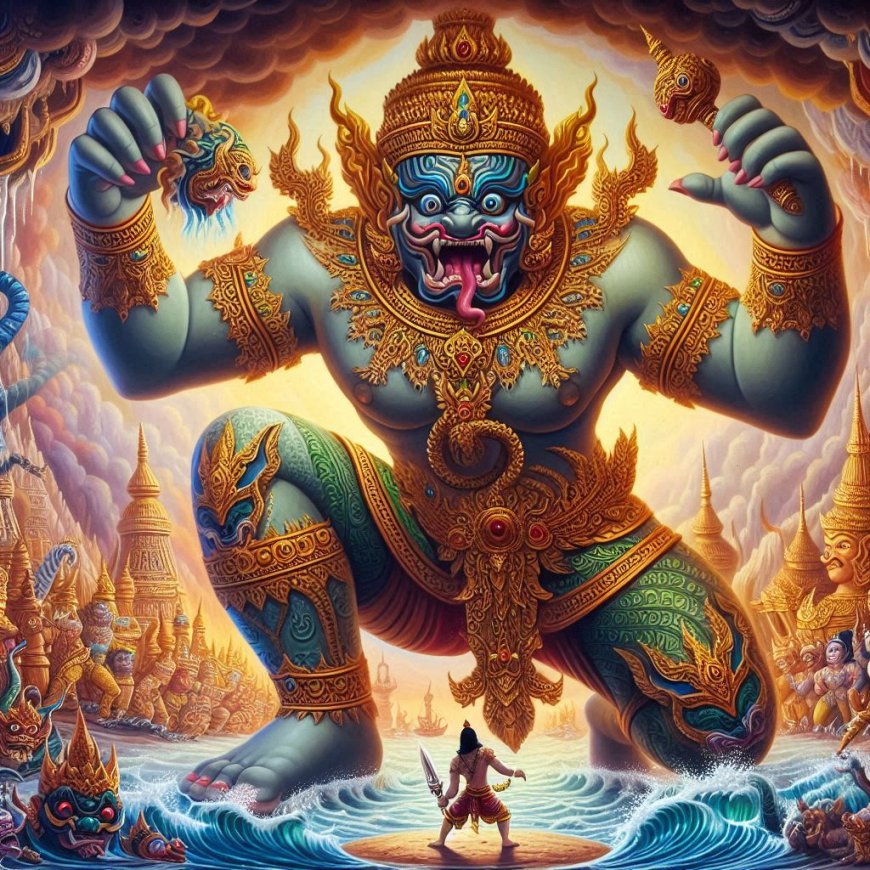
Illustration of The Demon Vritra (Source: Personal Collection)
The story of Lord Indra versus Vritra is one of the greatest heroic tales in Hindu mythology, depicting the struggle between good and evil, and the important role played by Lord Indra as the protector of the sky and the maintainer of the balance of nature.
The drought caused by Vritra caused untold suffering to humans, animals, and plants. The once green and fertile fields turned barren, the fast-flowing rivers dried up, and the lakes shrank to the point of disappearing. Farmers could not grow crops, their livestock died of thirst, and humanity was plunged into sorrow and despair. The world was on the brink of destruction because the water, the source of life, had been withheld by the dark power of Vritra.
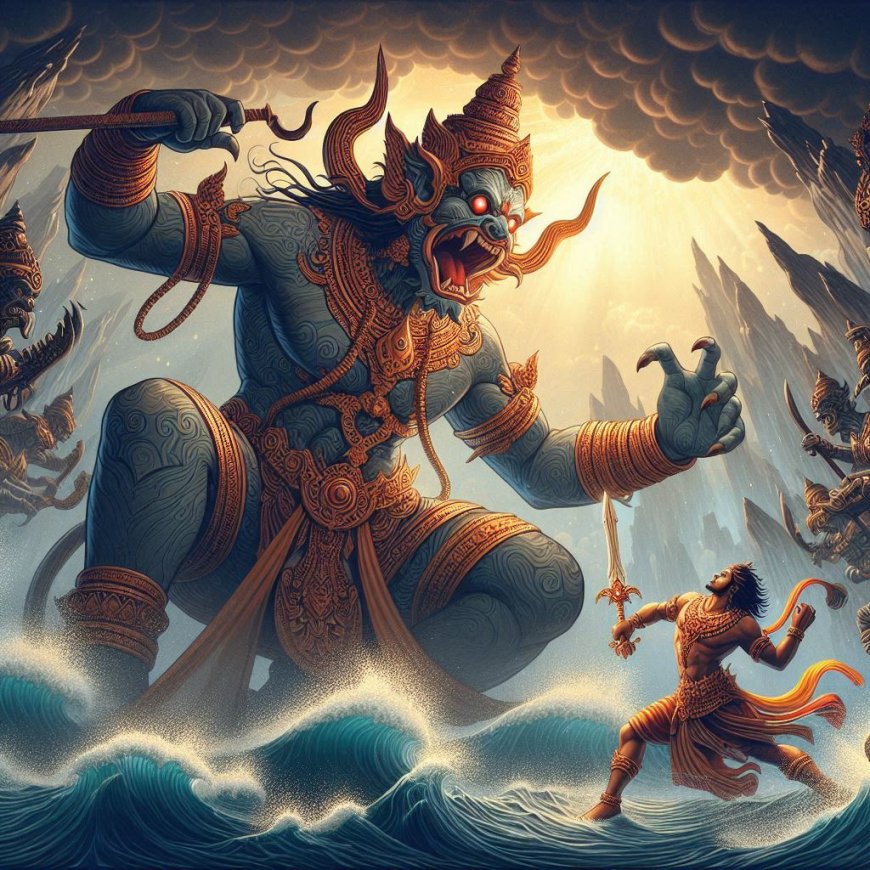
Illustration of the Fight of Lord Indra with Vritra (Source: Personal Collection)
With Vajra in hand, Indra prepared to face Vritra in a thrilling battle. When these two great powers met, the earth shook and the sky darkened. Vritra, with his monstrous giant body, attacked Indra with his supernatural powers, trying to maintain his control over the waters. Meanwhile, Indra, with the power of thunder and lightning, advanced vigorously to destroy his enemy
The battle between Indra and Vritra is symbolic of the conflict between the wild and destructive forces of nature against the divine forces that maintain harmony and balance. Vritra unleashed all manner of attacks, using his magical powers to control the winds, block the rain, and create terrible storms. However, Indra did not retreat. With determination and courage, he continued to fight, using Vajra as his main weapon.
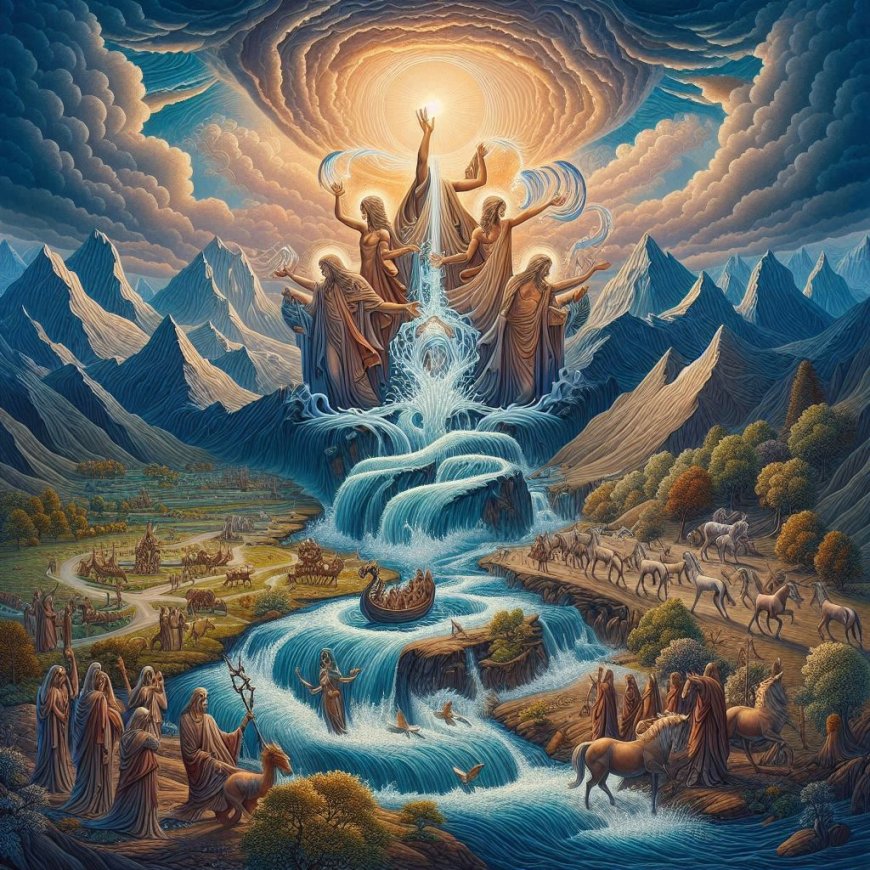
Illustration of the Return of Life on Earth (Source: Personal Collection)
At the peak of the battle, Indra directed the Vajra with full force towards Vritra. With one powerful attack, Indra threw the Vajra towards the giant, piercing his body and finally destroying Vritra. When Vritra fell, the world suddenly changed. The water that had been held back by Vritra began to flow back to earth. Dry rivers began to flow rapidly, clouds gathered again and brought much-needed rain. Dry fields began to turn green, and life on earth began to recover.
The moral message of the story of Lord Indra fighting Vritra and the story of Krishna lifting Mount Govardhana both emphasize the importance of humility and protection of life. In both stories, divine power is used not to oppress, but to protect and restore the balance of nature. Indra, who learned from his arrogance after being punished by Krishna and after defeating Vritra, realized that power should be used for good, not as a tool of domination. Krishna taught that devotion and harmony with nature will bring protection, while Indra realized that power without wisdom only brings destruction. These two stories remind us that with humility, courage, and respect for nature, we can maintain balance in life and overcome any challenge.
